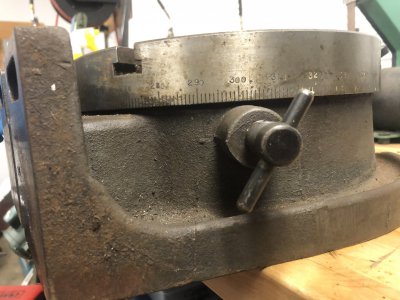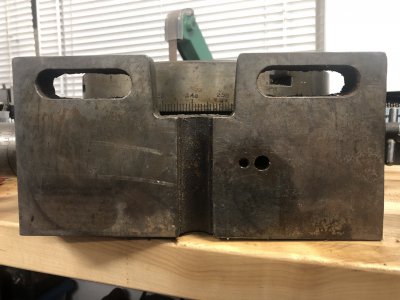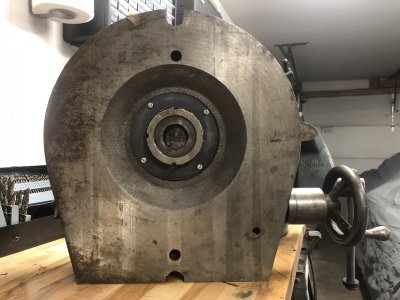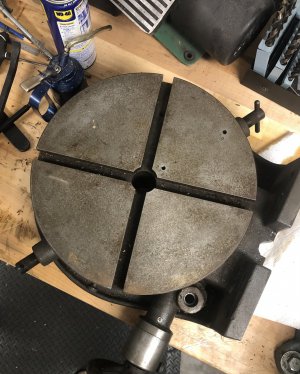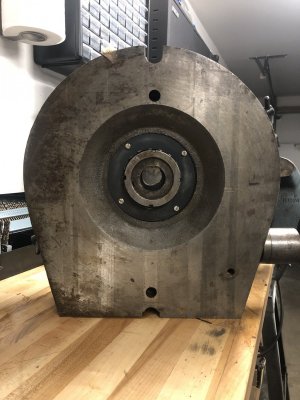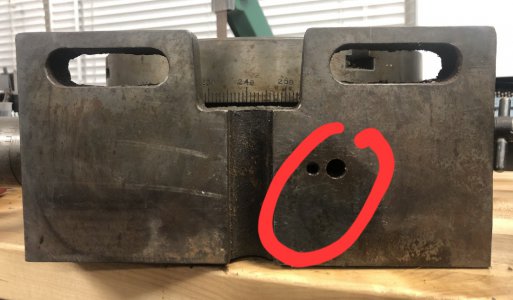- Joined
- Mar 14, 2022
- Messages
- 692
Know a bit about using one, but never took one apart. So my advice is assuming old oil or grease may have solidified over the years.
Get a tub you can set it in. Put a couple of scrap pieces in the bottom of the tub to set the table on. Once it's in the tub dose it liberally with "Ed's Red"; a 50/50 mix of auto transmission fluid and kerosene. Let it soak a day or so, then dose it again. A few days of this should loosen any semi-fossilized gunk.
This will not cure your dilemma. It'll free it up a bit and make dis-assembly easier. I'll further guess there's some chips or such where they shouldn't be.
Good luck and don't pick a tub that leaks.
Get a tub you can set it in. Put a couple of scrap pieces in the bottom of the tub to set the table on. Once it's in the tub dose it liberally with "Ed's Red"; a 50/50 mix of auto transmission fluid and kerosene. Let it soak a day or so, then dose it again. A few days of this should loosen any semi-fossilized gunk.
This will not cure your dilemma. It'll free it up a bit and make dis-assembly easier. I'll further guess there's some chips or such where they shouldn't be.
Good luck and don't pick a tub that leaks.


